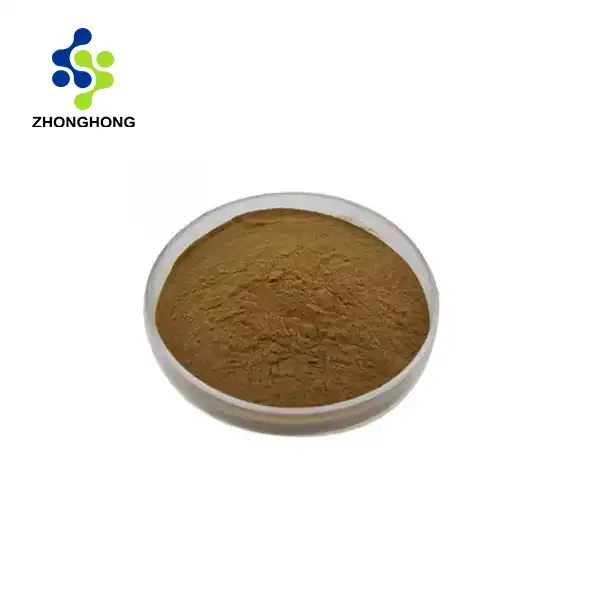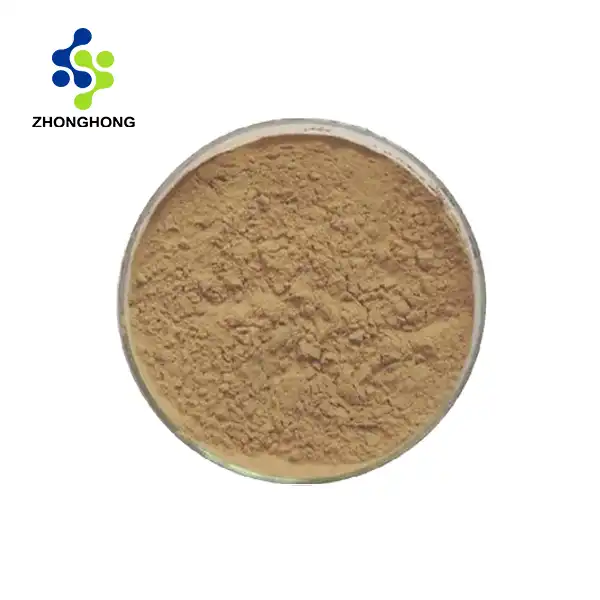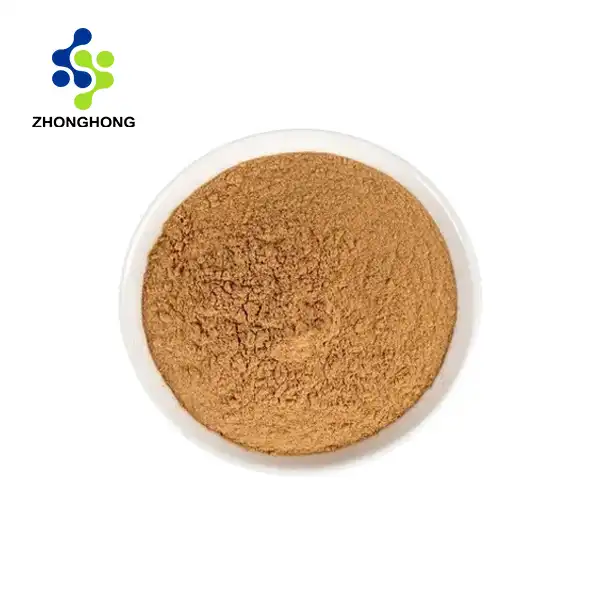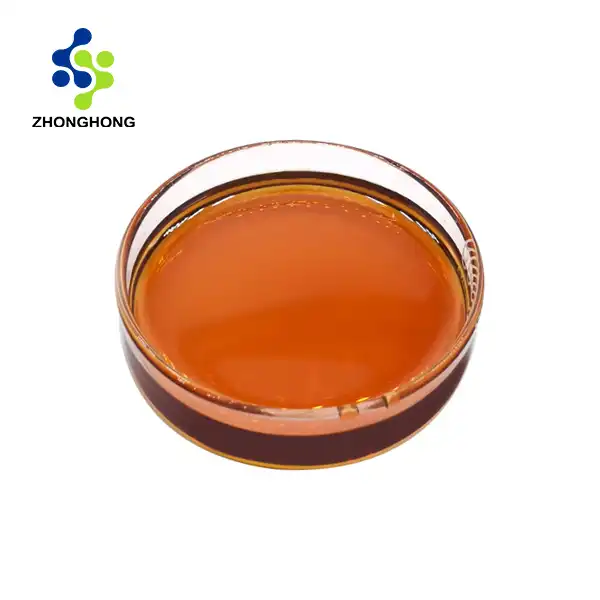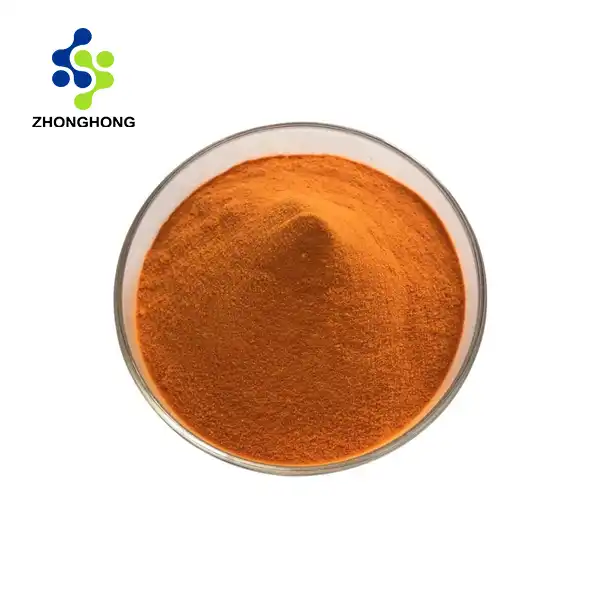Understanding Kojic Acid Powder
What is Kojic Acid Powder?
Kojic acid powder is a natural compound derived from various fungi species, particularly those used in the fermentation of rice for Japanese sake production. This crystalline substance is renowned for its skin-lightening and antioxidant properties. The powder form of kojic acid is highly concentrated and versatile, making it a popular ingredient in cosmetic formulations, food preservation, and even some medical applications.
Chemical Properties and Stability
The chemical structure of kojic acid contributes to its unique properties. It's a small molecule with the ability to inhibit tyrosinase, an enzyme crucial in melanin production. However, kojic acid powder is notoriously unstable when exposed to air and light. This instability can lead to oxidation and reduced efficacy over time. Understanding these chemical properties is essential for proper handling and incorporation into various formulations.
Applications in Different Industries
Kojic acid powder finds applications across multiple industries. In cosmetics, it's prized for its skin-brightening effects and is often included in serums, creams, and lotions. The food industry utilizes its antioxidant properties to prevent browning in fruits and vegetables. In biotechnology, kojic acid serves as a chelating agent and has potential in developing new antibiotic compounds. Each application requires specific mixing techniques to ensure optimal performance and stability of the final product.
Preparation Techniques for Mixing Kojic Acid Powder
Selecting the Right Base
The base used to combine the Kojic Acid Powder determines the stability and effectiveness of the finished product. Water-based solutions are used in many applications, but not all of them are appropriate for them. For skincare formulations, oil-based or emulsion systems may provide better stability and skin penetration. Two forms of glycol, propylene and butylene, make good solvents for powdered kojic acid due to their great stability and compatibility with other substances.
Determining Proper Concentration
The concentration of kojic acid in a mixture significantly impacts its effectiveness and safety. Concentrations for skincare applications usually fall between 1% and 4%, with 2% serving as a suitable starting point. Higher concentrations are rarely encouraged for homeopathic remedies since they may raise the risk with skin irritation. In food preservation, much lower concentrations are used, often below 0.5%. Accurate measurement and careful calculation are essential to achieve the desired concentration without compromising safety or efficacy.
Mixing Methods and Equipment
The tools and technique used to combine the kojic acid powder can have a big impact on the final product's quality. For small-scale preparations, manual mixing with a non-metallic whisk or spatula in a glass or plastic container could be adequate. However, for bigger quantities or more complicated formulations, specialized equipment like homogenizers or high-shear mixers could be needed to guarantee uniform distribution and appropriate dissolution. Avoiding metal tools and containers at all scales is crucial because kojic acid can react with metal ions, potentially decreasing its effectiveness or changing its properties.
Optimizing Stability and Efficacy
pH Adjustment and Buffering
The stability and efficacy of kojic acid are highly dependent on pH. Kojic acid is most stable in slightly acidic conditions, typically between pH 3 and 5. Adjusting the pH of your mixture to within this range can significantly enhance the stability of the kojic acid. This can be achieved by using appropriate buffer systems or carefully adding pH adjusters like citric acid or sodium hydroxide. Regular pH monitoring and adjustment may be necessary, especially for products intended for long-term use or storage.
Antioxidant Synergies
Kojic Acid Powder's antioxidant properties can be enhanced by combining it with other antioxidants. Ingredients like vitamin C (ascorbic acid), vitamin E (tocopherol), or botanical extracts rich in polyphenols can create synergistic effects, boosting the overall antioxidant capacity of the formulation. These combinations not only improve the efficacy of the product but can also contribute to the stability of kojic acid by protecting it from oxidation. However, compatibility testing is crucial when combining multiple active ingredients to ensure they don't counteract or destabilize each other.
Packaging and Storage Considerations
Proper packaging and storage are paramount for maintaining the potency of kojic acid mixtures. Opaque, airtight containers are essential to protect the product from light and air exposure. Airless pump bottles or tubes are ideal for skincare formulations, as they minimize product contact with air during use. For bulk storage, amber glass or opaque HDPE containers with tight-sealing lids are recommended. Storing products in a cool, dry place away from direct sunlight can further extend their shelf life. Additionally, incorporating preservatives may be necessary for water-based formulations to prevent microbial growth and ensure product safety over time.
Conclusion
Mixing kojic acid powder requires careful consideration of concentration, base selection, and stability factors. By understanding its properties and following proper techniques, you can create effective formulations for various applications. Remember to prioritize safety, conduct thorough testing, and adhere to industry regulations when working with kojic acid powder. If you want to get more information about Kojic Acid Powder, you can contact us at liaodaohai@gmail.com.
_1728976869676.webp)

